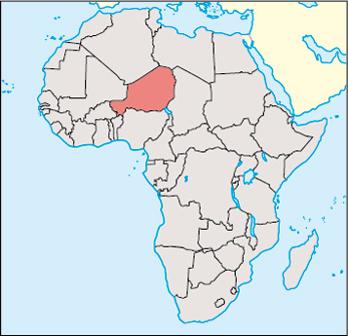What is the Capital of Niger? Niamey
Niamey, capital of Niger, is located in the southwest, on the banks of the Niger River; 708,000 residents (2002). Administration city and commercial center for an agricultural district. Elvehavn. Food, furniture and textile industries; tannery. Large market. National Museum, large mosque. University (1971) and several research institutes. International Airport. Founded as French military post 1903.














































